Time Travel, Teleportation & Science
Time travel is the concept of moving between different points in time in a manner analogous to moving between different points in space, generally using a theoretical invention, namely a time machine. It has a commonly recognized place in philosophy and fiction, but has a very limited application in real world physics, such as in quantum mechanics or wormholes.
Although the 1895 novel The Time Machine by H. G. Wells was instrumental in moving the concept of time travel to the forefront of the public imagination, The Clock That Went Backward by Edward Page Mitchell was published in 1881 and involves a clock that allowed three men to travel backwards in time.[1][2] Non-technological forms of time travel had appeared in a number of earlier stories such as Charles Dickens' A Christmas Carol. Historically, the concept dates back to the early mythologies of Hinduism (such as the Mahabharata), Buddhism, and Islam through ancient folk tales. More recently, with advancing technology and a greater scientific understanding of the universe, the plausibility of time travel has been explored in greater detail by science fiction writers, philosophers, and physicists.
Teleportation, or Teletransportation, is the theoretical transfer of matter or energy from one point to another without traversing the physical space between them. It has a commonly recognized place in science fiction literature, film, and television, but as yet has a very limited application in real world physics, such as quantum teleportation or the study of wormholes.
Science (from Latin scientia, meaning "knowledge") is a systematic enterprise that builds and organizes knowledge in the form of testable explanations and predictions about the universe. In an older and closely related meaning, "science" also refers to a body of knowledge itself, of the type that can be rationally explained and reliably applied. A practitioner of science is known as a scientist.
In modern usage, "science" most often refers to a way of pursuing knowledge, not only the knowledge itself. It is also often restricted to those branches of study that seek to explain the phenomena of the material universe.
Source : Wikipedia
-
05:38

The Oldest Crater from a Meteorite…Isn’t a Crater after All?
Added 155 Views / 0 LikesThere's one crater that may be older than any that we know of. Except there's a snag, it might not actually be a crater at all.Hosted By: Hank GreenSciShow is on TikTok! Check us out at https://www.tiktok.com/@scishow----------Support SciShow Space by bec
-
04:23
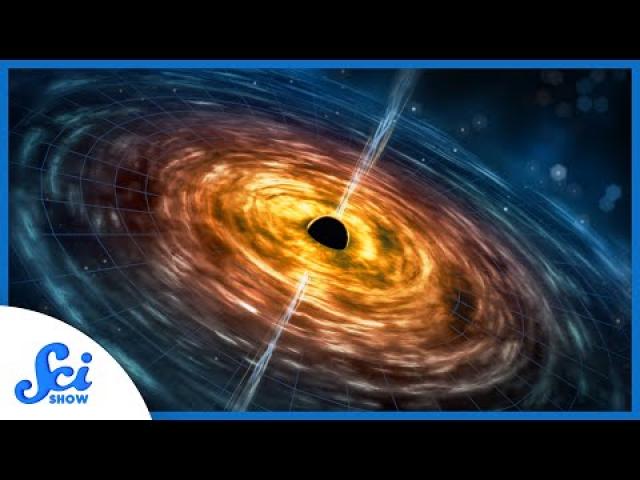
Is the Size of Neutron Stars A Lie, Or Only A FRIB?
Added 252 Views / 0 LikesHave we been wrong about how big neutron stars are this whole time?Hosted By: Hank GreenSciShow is on TikTok! Check us out at https://www.tiktok.com/@scishow----------Support SciShow Space by becoming a patron on Patreon: https://www.patreon.com/SciShowSp
-
06:34
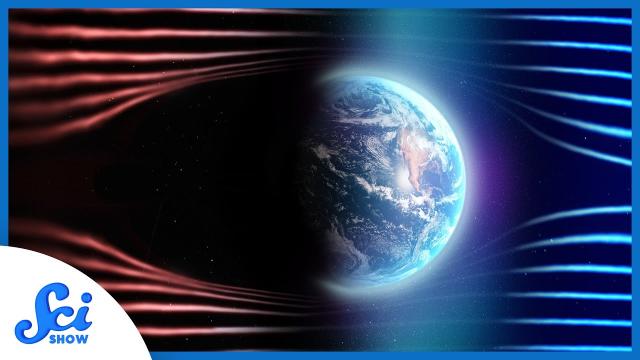
Space Headwinds Might Help Us Find Dark Matter
Added 198 Views / 0 LikesTry MagellanTV: https://try.magellantv.com/scishowspace. Start your free trial today so you can watch Mysteries of Dark Matter and the rest of MagellanTV’s science collection.Some scientists are hoping to use our motion through the galaxy to help detect s
-
05:23
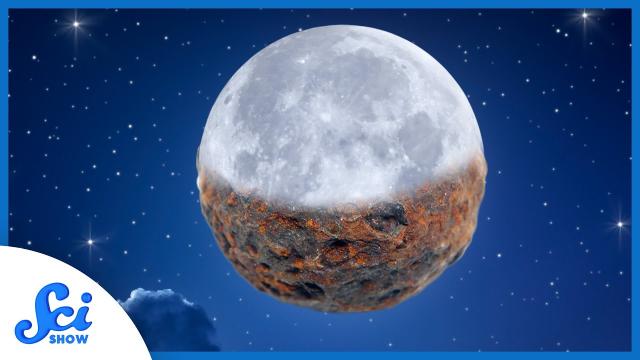
The Massive Chunk of Metal Hiding in the Moon
Added 223 Views / 0 LikesThe moon's South Pole-Aitken basin is the largest known crater in existence, and there's something big hidden underneath.Hosted By: Reid ReimersSciShow is on TikTok! Check us out at https://www.tiktok.com/@scishow----------Support SciShow Space by becomin
-
01:05
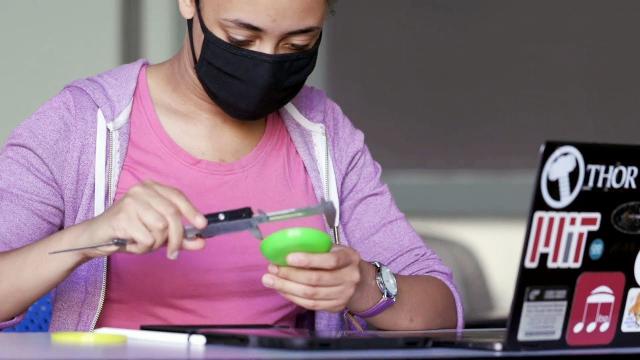
This is MIT
Added 164 Views / 0 LikesThe Massachusetts Institute of Technology is an independent, coeducational, privately endowed university in Cambridge, Massachusetts. Our mission is to advance knowledge; to educate students in science, engineering, technology, humanities and social scien
-
05:30
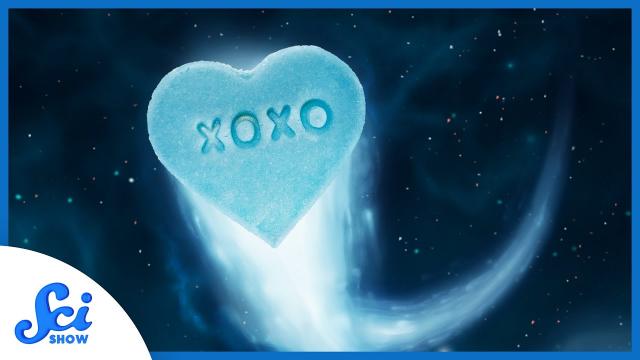
The Sweetest Rocks in Space
Added 223 Views / 0 LikesThis video was sponsored by Ekster. Head to https://shop.ekster.com/scishow-space for 5% off your offer. Sugars aren’t just for munching and crunching, they also make up our genetic code! So what does it mean to find sugars INSIDE meteorites?Hosted By: Ha
-
05:34
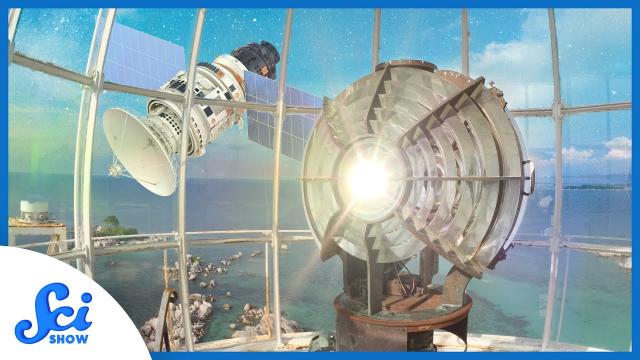
How 19th Century Lighthouses Power Advanced Space Drives
Added 234 Views / 0 LikesThe technology we use for space exploration gets more advanced all the time, but some of our most ambitious programs actually rely on optics invented in the 19th century for lighthouses.Hosted By: Hank GreenSciShow is on TikTok! Check us out at https://ww
-
06:44
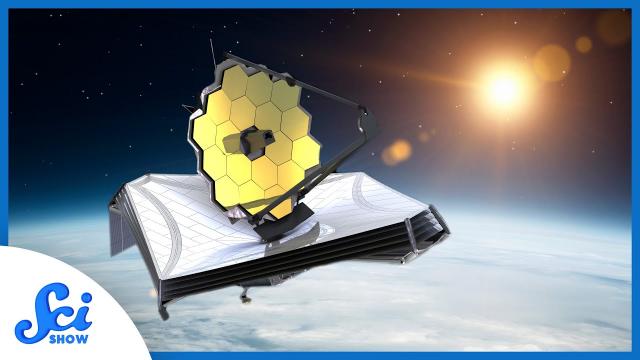
What's Next for the James Webb Space Telescope
Added 315 Views / 0 LikesStart speaking a new language in 3 weeks with Babbel. Get up to 65% your subscription here: https://go.babbel.com/12m65-youtube-scishowspace-jan-2022/defaultIt finally happened! The James Webb Space Telescope is on its way to capturing never-before-seen i
-
06:35
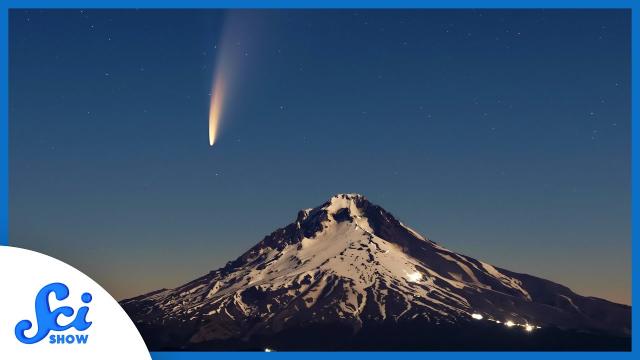
Why Don't Comets Ever Have a Green Tail?
Added 228 Views / 0 LikesTo get $5 off your own personalized Magic Spoon variety pack, head to https://magicspoon.thld.co/scishowspace_0122 and use code SCISHOWSPACE at checkout!There’s no question that comets have been regarded as some of the most beautiful things in the night s
-
23:01
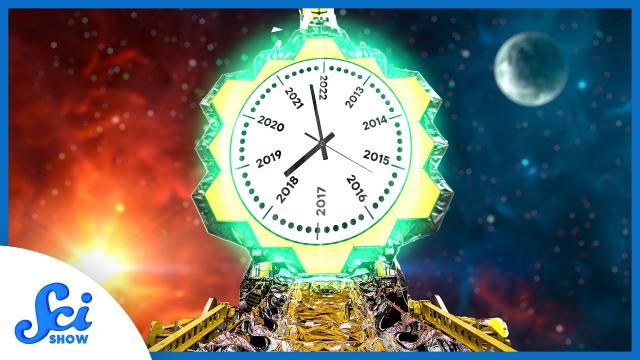
Why It Took a Decade to Launch Webb | Compilation
Added 170 Views / 0 LikesThe James Webb Space Telescope has launched! But it was a very long road to get to this point, and we’ve been following the progress for a decade!Hosted By: Hank GreenSciShow is on TikTok! Check us out at https://www.tiktok.com/@scishow----------Support S
-
02:44
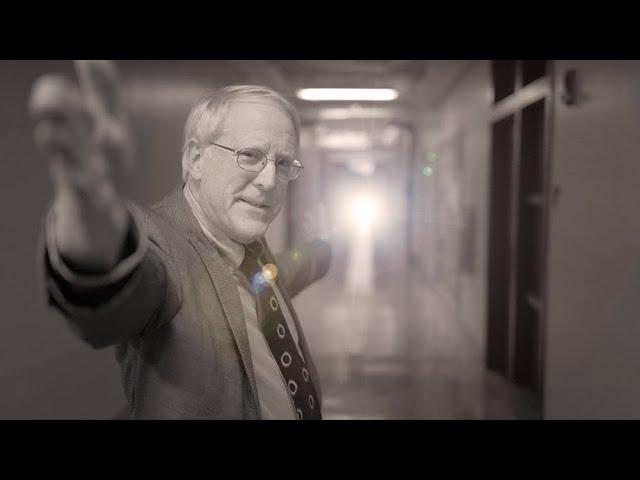
When the heavens and MIT align
Added 170 Views / 0 LikesTwice a year, in January and November, the setting sun aligns perfectly with MIT’s 825-foot-long Infinite Corridor. Planetary scientist Richard Binzel describes MIThenge as “a major cultural moment on campus … when the heavens and MIT seem to align.”Watch
-
06:05
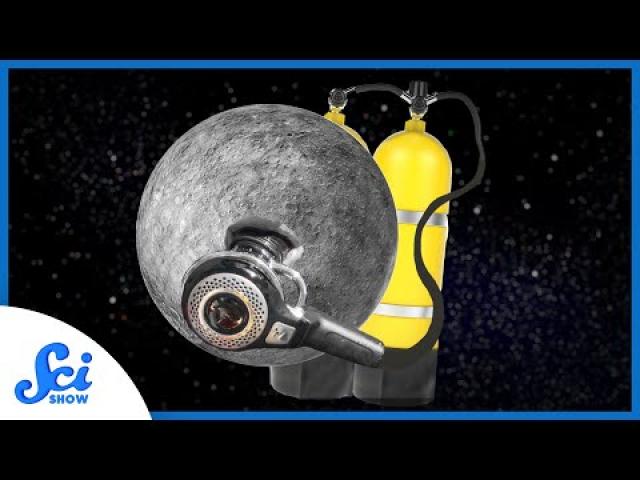
Can Moon Colonies Get Oxygen From the...Moon?
Added 199 Views / 0 LikesThis episode is sponsored by Wren, a website where you calculate your carbon footprint. Sign up to make a monthly contribution to offset your carbon footprint or support rainforest protection projects: https://www.wren.co/start/scishowspaceAs we look towa
-
06:16
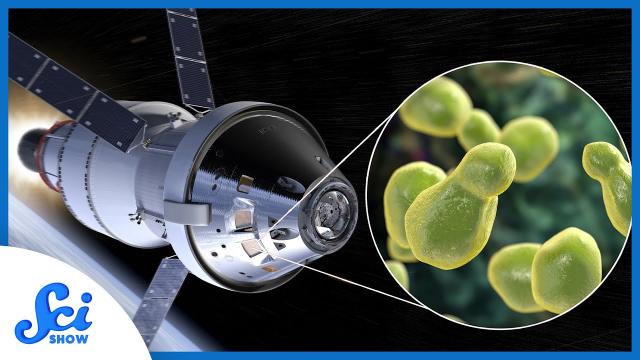
Keeping the Fungus Among Us in Space
Added 254 Views / 0 LikesStart building your ideal daily routine with Fabulous. The first 100 people who click on the link will get 25% OFF Fabulous Premium: https://thefab.co/scishowspace5Developing new methods for survival in space is a constant and ever-evolving process, and a
-
1:32:23
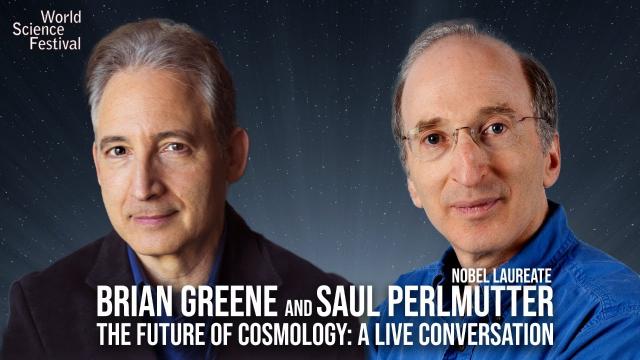
The Future of Cosmology: A live conversation with Brian Greene and Saul Perlmutter
Added 263 Views / 0 Likes#BrianGreene #SaulPerlmutter #WorldScienceFestivalWinner of the 2011 Nobel Prize in Physics, Saul Perlmutter joins Brian Greene to discuss recently launched and upcoming space telescopes that have the capacity to revolutionize our understanding of the cos
-
03:51

New Years Traditions: From candles to yellow underwear
Added 236 Views / 0 LikesMore than 3,000 of MIT’s students come from countries other than the U.S., bringing with them a variety of traditions for ringing in the new year. The International Students Association wishes everyone in the MIT community a joyful, peaceful 2022!MIT Inte
-
06:04
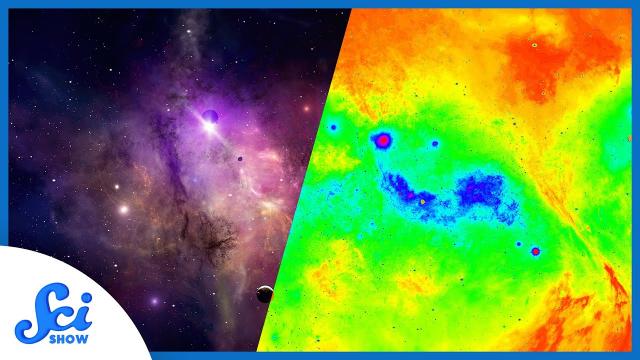
The Night Sky in Infrared
Added 196 Views / 0 LikesJames Webb is getting ready to launch, but it wouldn’t be equipped to look in the infrared if not for the previous missions that have allowed us to see the universe in wavelengths that the human eye can’t see! Hosted By: Reid ReimersSciShow is on TikTok!
-
02:55
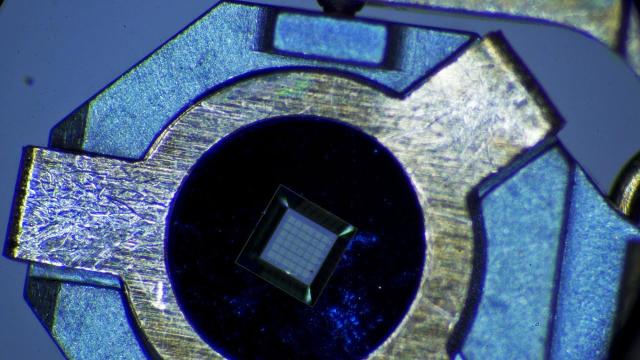
How to image atoms
Added 264 Views / 0 LikesIn the basement of MIT.nano there is a there is a specialized microscope able to image materials at the atomic level. In this video we go through each step of how to image the tiny building blocks for all materials: atoms. Watch more videos from MIT: http
-
05:40
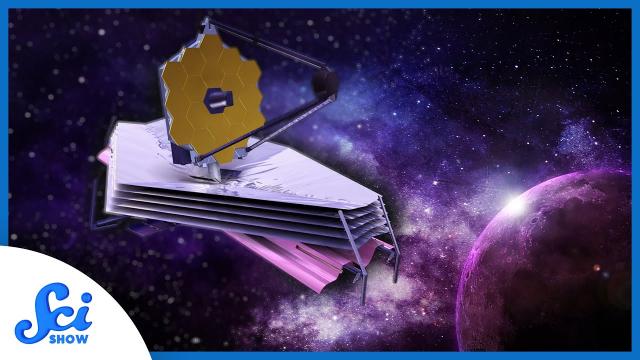
The Most Awaited Space Missions of 2022 | SciShow News
Added 270 Views / 0 Likes2022 is looking like a great year for space exploration! Let's dig into three of the missions that we're really excited to watch unfold!Hosted By: Hank GreenSciShow is on TikTok! Check us out at https://www.tiktok.com/@scishow----------Support SciShow Spa
-
1:21:03
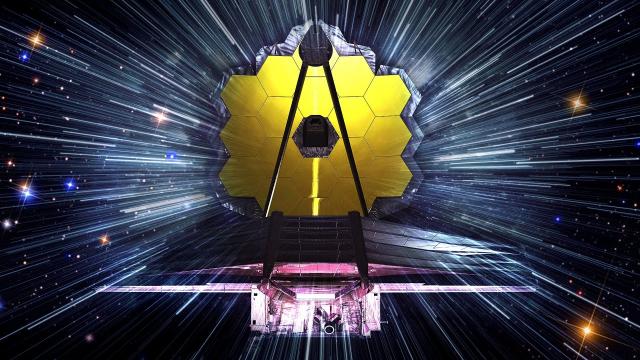
Things We’ve Never Seen: The James Webb Space Telescope Explores the Cosmos
Added 264 Views / 0 Likes#BrianGreene #NASA #JWSTThe powerful James Webb Space Telescope--the successor to the Hubble Space Telescope--promises insight into profound questions that have dogged philosophers and astronomers for millennia. What is the origin of the universe? How are
-
06:07
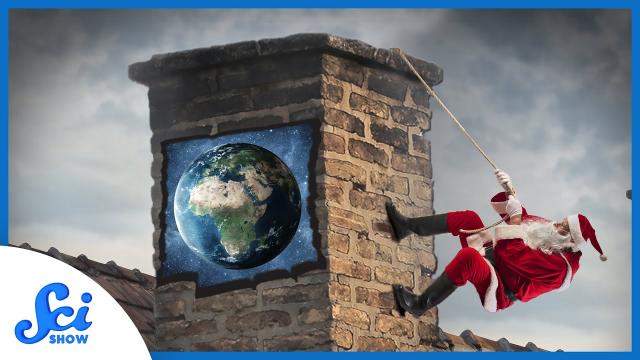
We Live in a Chimney
Added 164 Views / 0 LikesThere are some captivating things when you look up at the night sky, but our location in the Milky Way may be fogging up our view.Hosted By: Reid ReimersSciShow is on TikTok! Check us out at https://www.tiktok.com/@scishow----------Support SciShow Space b
